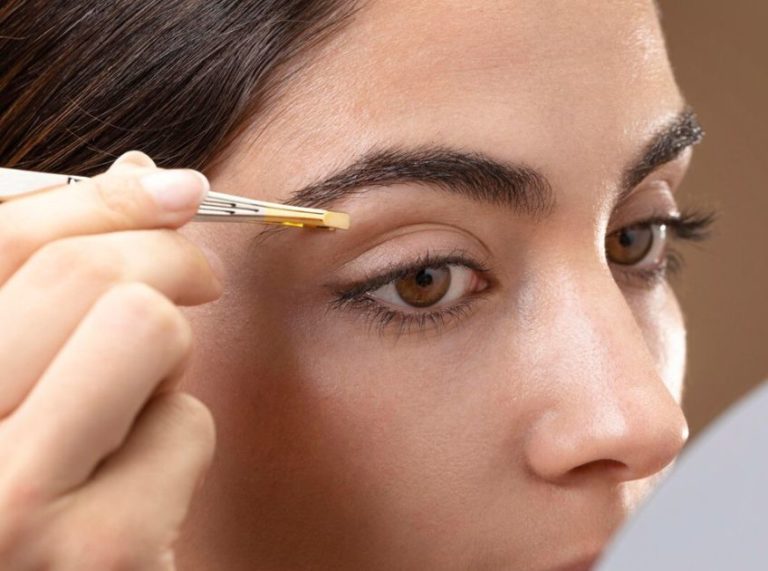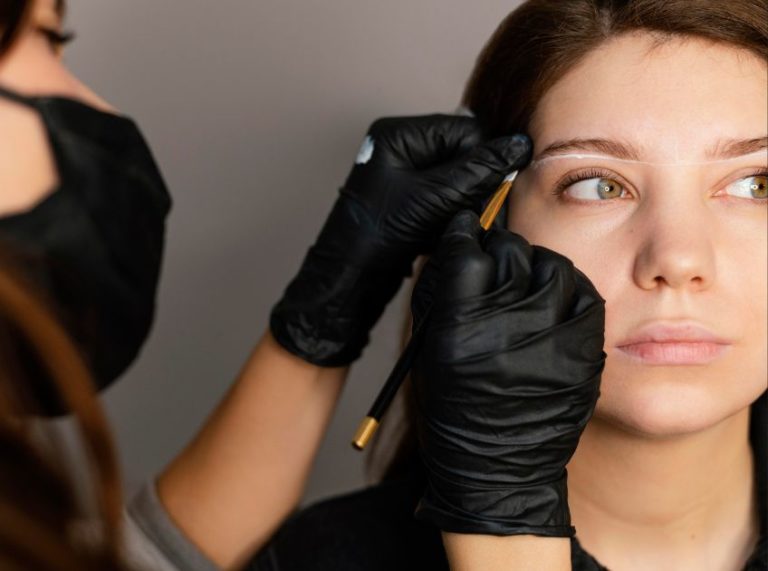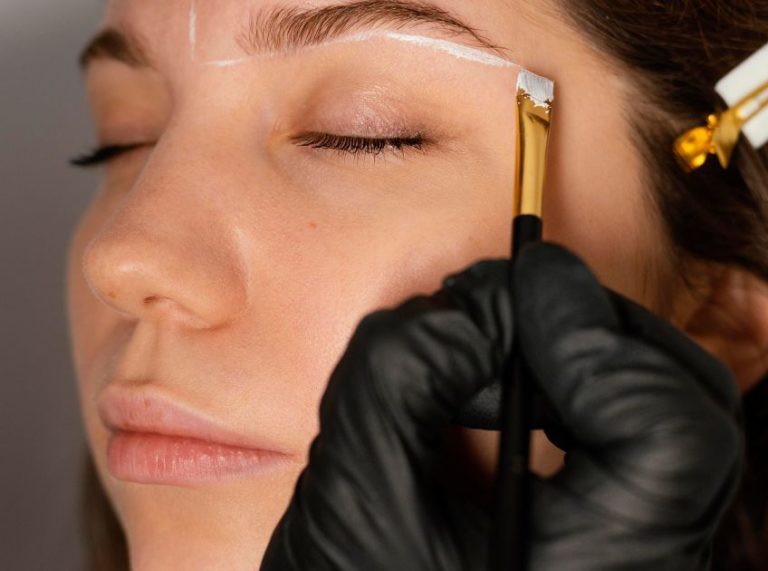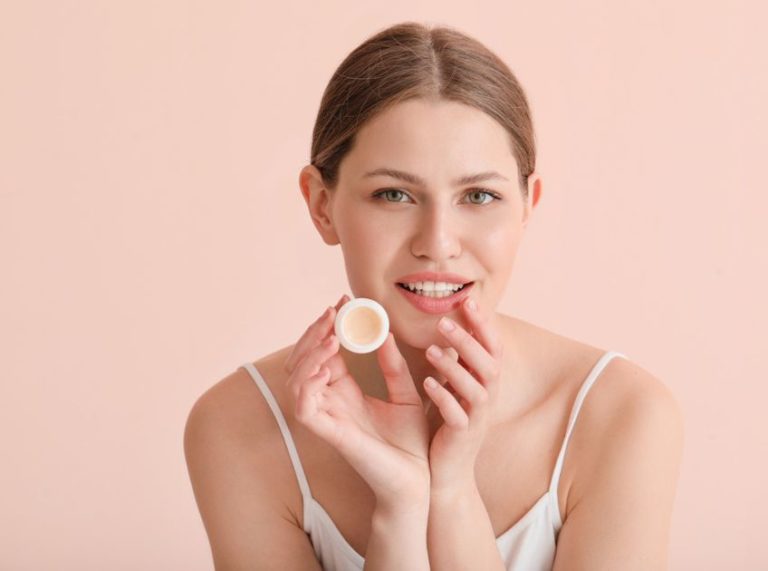
Important: This article is for informational purposes only. Please read our full disclaimer for more details.
If your lips crave a flush of natural color without the harsh chemicals, beetroot might be your best-kept secret. This DIY lip tint is easy, clean, and gives your pout a beautiful, berry-tinted glow.
No need for synthetic stains or overpriced balms—beetroot offers natural pigments, antioxidants, and skin-loving benefits in one simple recipe. Here’s how to make your own at home.
Why Choose Beetroot Lip Tint?
A Glossy Pop with Healing Benefits
- Gives lips a natural rosy tint that suits all skin tones
- Rich in antioxidants and vitamins for lip health
- Chemical-free and customizable to your liking
- Acts as a subtle lip stain and moisturizer in one
The Science Behind Beetroot and Its Benefits
Plant Power Meets Beauty
Beetroot is high in betalains (1)—plant-based pigments that give it its vibrant red-purple color. According to research published in Food Chemistry (2009), these compounds also offer antioxidant and anti-inflammatory properties (2).
Coconut oil or honey, often paired with beetroot in tints, adds hydration and acts as a natural humectant. Vaseline or shea butter helps seal in moisture, enhancing the longevity of the tint.
What Makes These Ingredients Work
Breakdown of Beauty-Boosting Components
- Beetroot: Contains betanin for color, vitamin C for healing
- Coconut Oil: Rich in lauric acid and moisturizes dry lips
- Shea Butter: Full of fatty acids to restore the lip barrier
- Honey (optional): Natural antibacterial and moisture-binding
- Beeswax (optional): Helps solidify the formula for better wear
When to Pause or Discontinue Use
If you notice:
- Lip irritation, dryness, or allergic reactions
- Unusual texture/smell from stored product
Discontinue immediately and switch to patch-tested alternatives.
How to Customize Your Tint
Adjust to your preferences:
- Add more beetroot powder for a deeper color
- Use less coconut oil for a thicker tint
- Add essential oils like peppermint or rose for scent
- Blend in cocoa powder for a warm-toned finish
Is It Right for My Skin Type?
This lip tint is safe and suitable for:
- Normal, dry, or sensitive lips
- Those allergic to synthetic dyes
- Individuals looking for clean beauty swaps
Is It Safe to Use on Lips?
Yes—if you’re using food-grade beetroot and skin-safe oils, this tint is 100% safe. Always patch-test first to rule out allergies.
Best 2 DIY Beetroot Lip Tints
1. Fresh Beetroot & Coconut Oil Lip Tint
A nourishing and vibrant tint made with only two natural ingredients—perfect for daily use with a sheer, buildable glow.
Ingredients:
- ½ teaspoon beetroot powder (or 1 teaspoon fresh beetroot juice)
- 1 teaspoon cold-pressed coconut oil
- 1 drop vitamin E oil (optional, for preservation)
Directions to Use:
- If using fresh beetroot, grate and squeeze it through a fine mesh to extract juice.
- In a small bowl, combine beetroot powder or juice with coconut oil.
- Mix thoroughly until smooth and well-blended.
- Add a drop of vitamin E oil if storing for longer use.
How to Apply:
- Use your fingertip or a clean lip brush to dab a small amount onto clean, dry lips.
- Gently blend until the tint is evenly absorbed.
- Reapply layers to deepen the color as desired.
- Use daily as a natural lip color or as a base under lip balm.
Pro Tip:
Refrigerate your tint for 5 minutes before applying to give lips a cool, refreshing feel, especially soothing in summer.
2. Beetroot Balm Tint with Vaseline & Shea Butter
This creamy DIY is ideal for dry lips and cold weather. It combines color with deep moisture, offering both tint and lip care in one swipe.
Ingredients:
- 1 teaspoon beetroot juice or powder
- 1 tablespoon Vaseline (or use shea butter for a vegan option)
- ½ teaspoon beeswax pellets (optional, for a firmer consistency)
- 1–2 drops almond oil or jojoba oil (optional for extra nourishment)
Directions to Use:
- In a double boiler, melt the Vaseline (or shea butter) and beeswax together over low heat.
- Once fully melted, remove from the heat and stir in the beetroot juice or powder.
- Add almond or jojoba oil and mix until smooth.
- Pour into a small sanitized container and let it cool to solidify.
How to Apply:
- Scoop a small amount using a lip brush or clean finger.
- Smooth evenly over the lips for a glossy, tinted finish.
- Reapply as needed throughout the day.
- It can also be dabbed on cheeks for a dewy flush.
Pro Tip:
Add a tiny pinch of cinnamon or peppermint oil for a mild plumping effect—but always do a patch test first to avoid irritation.
Frequently Asked Questions (FAQ’S)
1. How long does homemade beetroot lip tint last?
A. Store it in the fridge and use within 1–2 weeks if made with juice. Powder-based formulas can last up to 2 months.
2. Can I use raw beetroot instead of powder?
A. Yes, but juice should be fresh and refrigerated. Powder offers better shelf stability.
3. Will it stain my lips permanently?
A. No, the tint fades gradually and is safe for regular use. You can easily wipe it off with cleansing oil.
Final Thoughts
DIY beetroot lip tint is a skin-friendly, cost-effective way to enhance your natural beauty. With no synthetic chemicals and all the nourishing benefits, it’s a perfect swap for commercial lip stains.
Whether you go with a light stain or a rich balm, you’ll love how it feels and looks—and your lips will thank you for it.
















